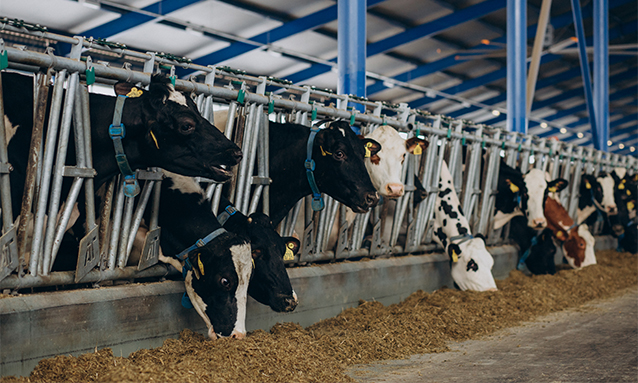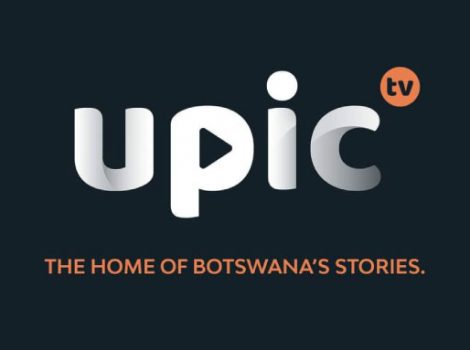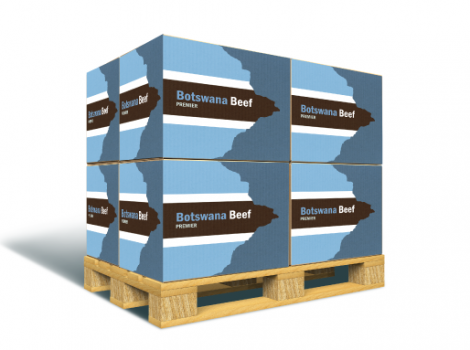
16 October 2024
Botswana launched MilkAfric’s dairy facility on Tuesday, aiming to diversify the economy and develop the local dairy industry to reduce its dependency on dairy products from neighbouring countries.
Some background
On paper, MilkAfric looks like a very exciting venture that all Batswana would be proud of, not least because it would offer job opportunities and revive the sleeping giant that is Lobatse. However, to hear it’s been launch will not fill many observers with much in the way of confidence. Having been initially launched back in 2016 and subsequently ‘jumped started’ several times in vain, it’s not wonder the shine has well and truly been taken off the project. After all, it’s beginning to look very much like the boy who cried wold.
American investors
In April 2016, the Botswana Development Corporation (BDC) formed a partnership with Milk Afric, a dairy farm originally from the United States who wanted to relocate to Botswana. BDC invested P40 million onto the project for a 26% of the equity.
The BDC investment was earmarked for the development of the dairy farm while Milk Afric was to make a contribution of a herd of 2,000 dairy cows. However, six years later the project has failed to take off, with the USA partner bowing out. Having spent over P48 million on the project, BDC tried to save the project from total collapse, taking control of the whole project and frantically searching for technical partners.
The project, housed on a 1,375 hectares piece of land in Lobatse, aimed to start with 2,000 herd of cattle, producing at full capacity using a 72-point rotary. With each cow set to produce 20 litres per day, the project is looked to yield 20 million litres of milk per annum, a drop in the ocean of Botswana’s national demand for milk of over 65 million litres per year.
Currently, Botswana is able to produce only 7 million litres of milk while in excess of 53 million litres of the demand is augmented through imports, mostly from South Africa.
Arab investors
Last year, it emerged the UAE’s leading dairy company Al Rawabi that was touted as a likely investor in the Lobatse located milk dairy project had placed heavy concessions on BDC, which the state-owned investment company rejected. This led led to Al Rawabi withdrawing from the proposed transaction.
Had the deal gone through, the UAE company had envisaged starting production with 200 dairy cows through debt funding of $60 million. Al Rawabi, was established in 1989 in the heart of Dubai’s desert in Al Khawaneej with 500 imported cows. The dairy farm currently has over 16,500 cattle, with a production facility operating 24 hours. Al Rawabi currently produces 350,000 litres of dairy products and 150,000 litres of juice products per day.
2024: Signs of life
In May 2024, Mmegi’s BusinessWeekly reported production at the much anticipated and long-awaited Milk Afric dairy facility had commenced, seven years after the project was initiated. At the time, the Botswana Development Corporation (BDC) revealed it had purchased 220 cattle comprising 170 dairy cows and 50 heifers from a local dairy farmer operating in Pitsane. However, the Corporation was still housing the cows at the Pitsane farm while the Milk Afric parlour was being completed. BDC Managing Director, Cross Kgosidiile, said implementation of the parlour was underway and expected to wet commission in May. The wet commissioning was to result in the relocation of the cows to the Milk Afric facilities where production will be held.
“As part of the preparatory phase for operational commencement, the project recently completed a seamless dry commissioning process.
This involved comprehensive testing of the milking equipment by the manufacturer.
“Successful completion of this phase will pave the way for further testing of the milking parlour with live cows,” Kgosidiile said at the time of reporting.
The dairy cows were yielding just over 3,000 litres per day, sold locally to one of the processing plants. The BDC was looking to build capacity to 2,000 dairy cows over the coming years from the initial herd of 220.
Since taking full control of the dairy project in 2020, BDC has spent millions on the project, which has included the costs of roads, boreholes, electricity connection rotary, fencing and working capital.
Launched amidst much pomp and fanfare in 2016, Milk Afric was set to revolutionise the country’s dairy sector, doing away with the dependence on South African products and resuscitating Lobatse. Between April and December 2023, a total of 36 million litres of pasteurised milk were imported, compared to 12 million litres during the same period in the 2022–2023 financial year.
Sources: https://thevoicebw.com/bdc-seeks-partner-for-milk-afric & https://www.mmegi.bw/business/milk-afric-project-finally-gets-pumping/news & https://english.news.cn/africa/20241016/c82b40f899c4420bb608249d5cbb131c/c.html



